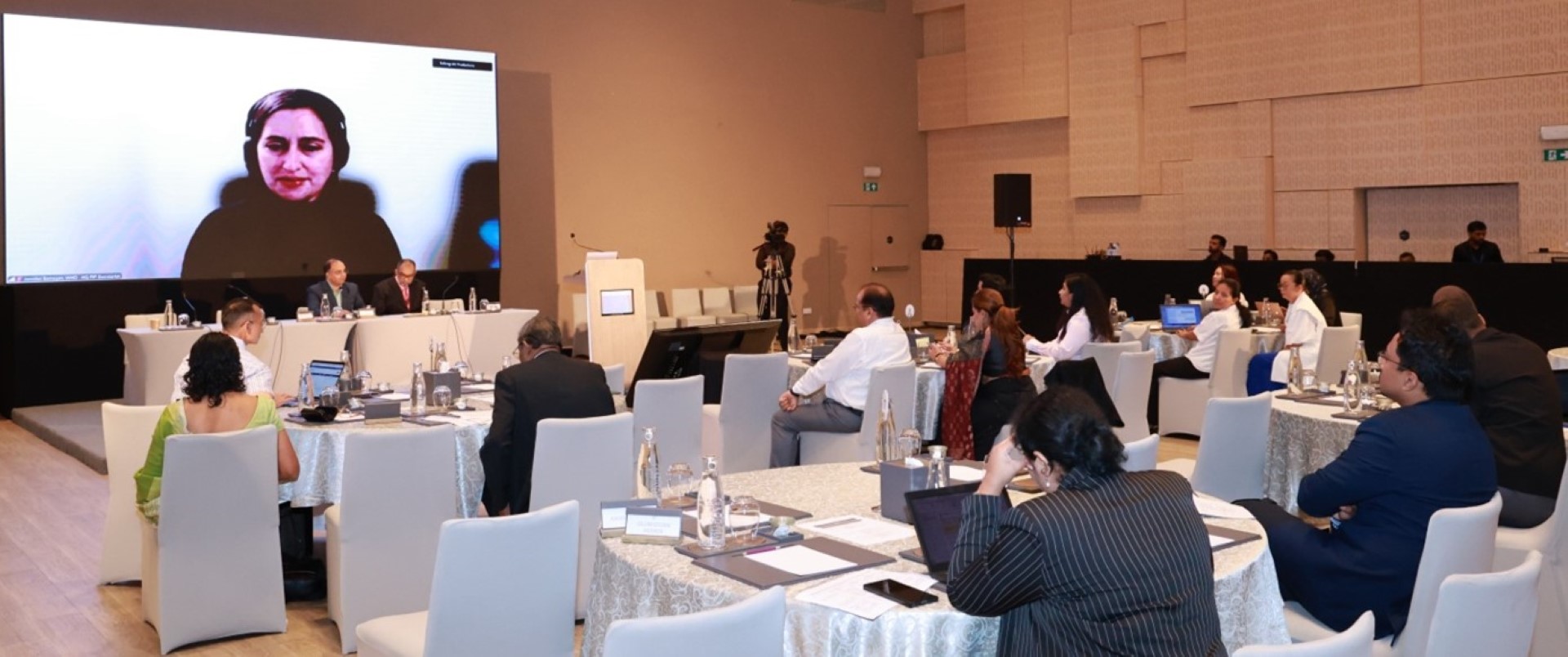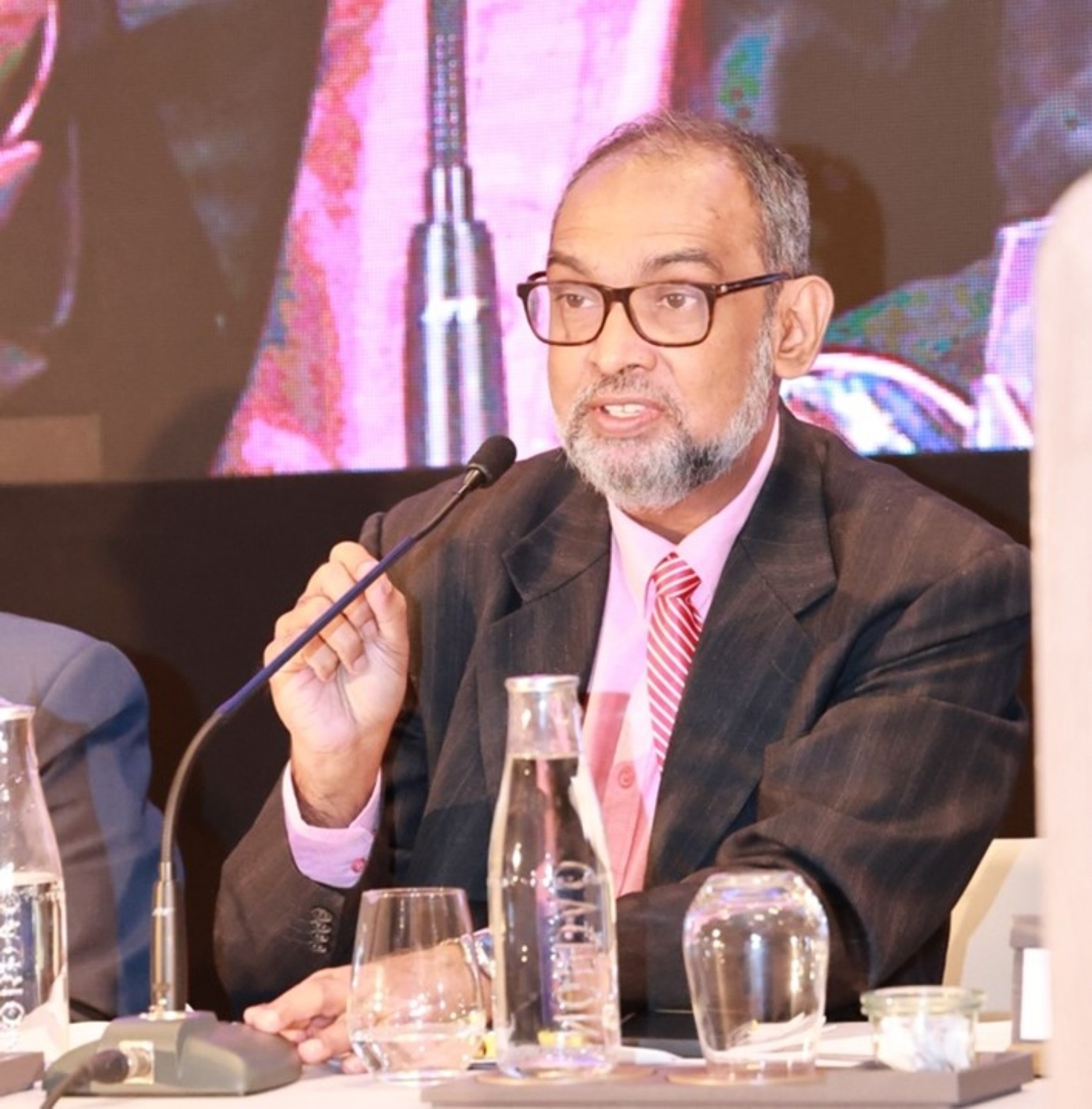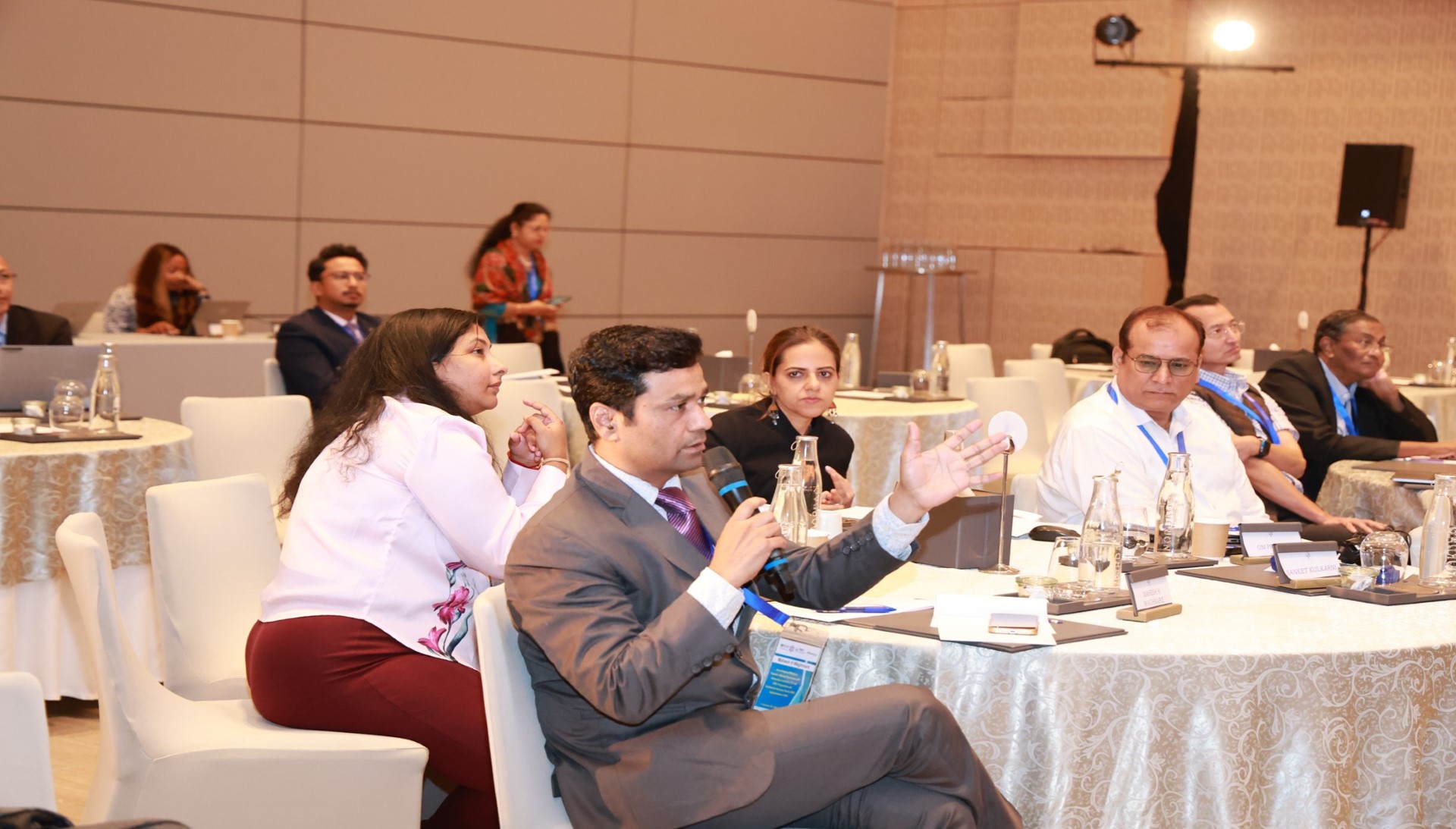
Participants of the Annual Review Meeting (hybrid) of the PIP PC Implementation in SEAR. Photo Credit: IHM/WHE/SEARO
Progress during the first 18 months of the current biennium was uneven, with regional implementation averaging around 67%, reflecting persistent strategic and operational bottlenecks. Against this backdrop, the annual review provided a critical platform to assess achievements, identify gaps, meet HLIP III monitoring and evaluation requirements, and draw on the guidance from the PIP Advisory Group to inform planning for the 2026–2027 biennium.
Reviewing progress and Key Outcomes
Over recent years, countries in the South-East Asia Region have strengthened national influenza surveillance, laboratory systems, and regulatory preparedness with support from the PIP PC fund. These investments have enhanced diagnostic capacities, expanded participation in the Global Influenza Surveillance and Response System (GISRS), and improved national pandemic plans that reflect current risk profiles and lessons from recent public health emergencies. The 2025 review highlighted notable achievements, including updated national pandemic preparedness plans, simulation exercises, and integration of genomic sequencing into influenza surveillance networks. At the same time, challenges persist amid an evolving funding landscape, particularly in securing sustainable financing, retaining skilled workforce, and improving coordination across sectors at the national level.

Jennifer Barragan Fromme, Team Leader, Pandemic Influenza Preparedness, WHO headquarters presented virtually the global overview of PIP PC implementation and outlined operational planning for the next biennium. Photo Credit: IHM/WHE/SEARO
During the plenary sessions, the PIP Secretariat at WHO Headquarters and SEARO presented the operational framework of HLIP-III, provided updates on monitoring and evaluation indicators, reviewed financial implementation status, and shared global and regional achievements. Participants discussed opportunities to strengthen implementation, address challenges, and enhance monitoring and reporting.
Over the two-day meeting, all nine PIP PC recipient Member States shared country-level progress, challenges, and strategies to strengthen pandemic influenza preparedness. Sessions also addressed non-country-based workplans, including regulatory readiness, community protection, and countermeasures deployment. Expert presentations on influenza surveillance, seasonal vaccine initiatives, and UNITY studies facilitated knowledge exchange and best-practice sharing.

Dr. Pushpa Ranjan Wijesinghe, Programme Area Manager IHM/WHE/SEARO presented on the new realities in managing influenza and other pathogens surveillance: overall challenges and potential solutions. Photo credit: IHM/WHE/SEARO
Similarly, Dr. Farida Al Hosani, the PIP Advisory Group (AG) chair and AG members representing the South-East Asia region shared region - specific recommendations to further strengthen influenza preparedness, emphasizing the need to maintain core influenza surveillance activities. The meeting concluded with a synthesis of lessons learned and priority actions for the upcoming biennium, reinforcing SEAR’s commitment to sustaining gains and enhancing pandemic readiness for influenza and other respiratory threats.

Interactive plenary sessions: Participants engaged through questions, shared perspectives, and provided constructive feedback. Photo Credit: IHM/WHE/SEARO
Key Recommendations
Based on discussions and lessons learned during the review, Member States agreed on the following priorities to strengthen pandemic influenza preparedness across SEAR:
- Integrate preparedness into broader health frameworks: Embed influenza and other respiratory pathogen pandemic preparedness within national health systems, ensure sustainable financing, maintain essential minimum surveillance, and align PIP PC investments with national priorities to maximize impact and sustain gains
- Leverage evidence and technical expertise: Generate high-quality, context-specific data, including burden of disease estimates, to guide vaccination, other interventions and preparedness and response policies. Expand collaboration with WHO Collaborating Centres, academic institutions, and research networks to strengthen technical capacity and validate laboratory assays.
- Enhance regional collaboration and knowledge sharing: Document and disseminate impact stories, participate in UNITY studies, and share lessons learned through regional platforms to strengthen advocacy, political commitment, and pandemic preparedness across SEAR.
